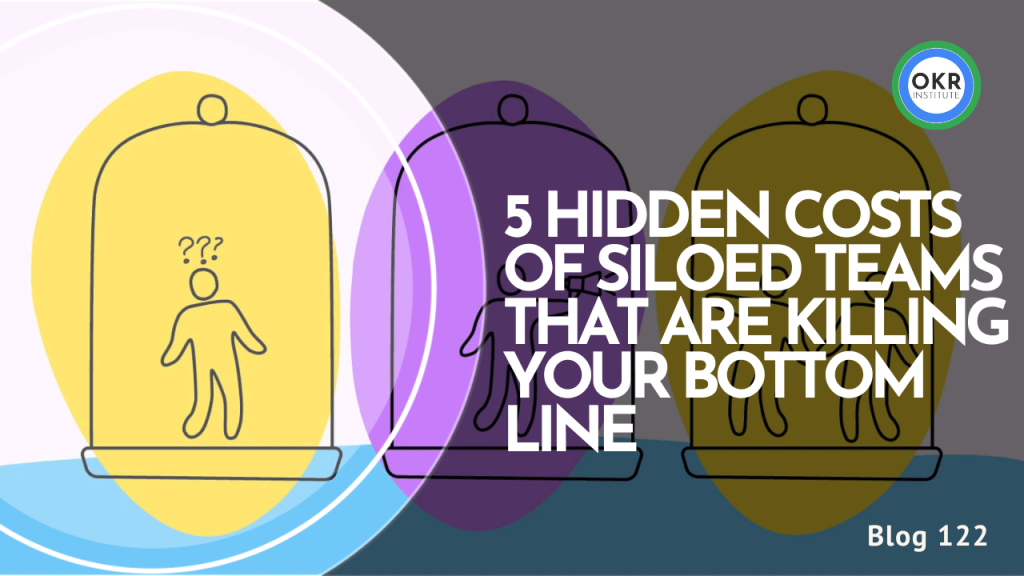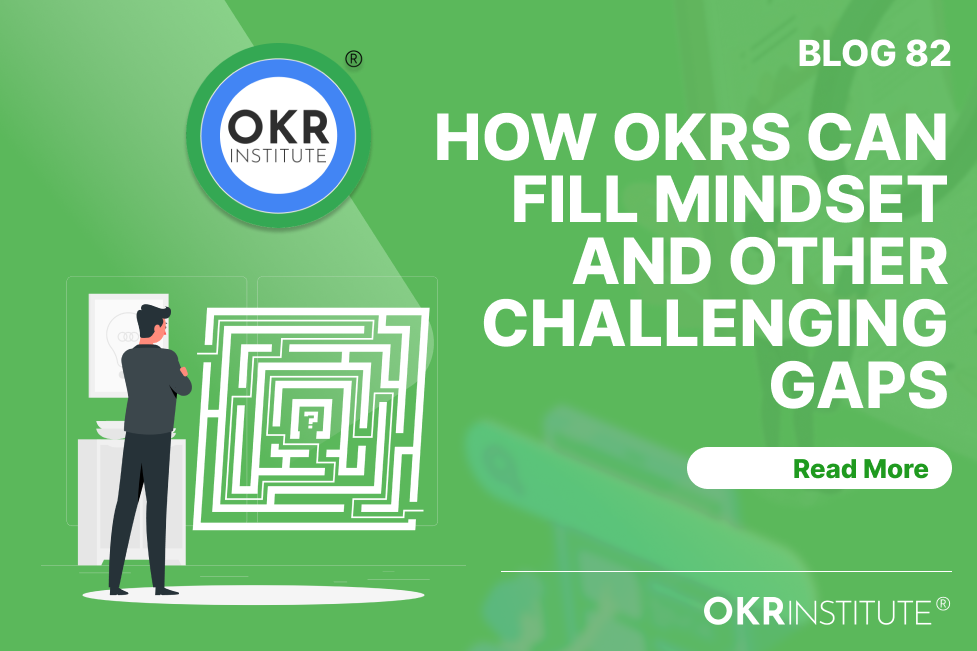OKR vs. BSC: Are Both Frameworks Effectively Processing Objectives of Organisation?

Objectives and Key Results (OKRs) and balanced scorecards (BSC) are the executive’s systems for characterizing and following objectives. BSC showed up on the essential administration structure scene in the mid-90s, years and years after Andy Grove helped establish Intel and sent off the advanced OKR framework. John Doerr, Grove’s mentee, would later take on, spread, and promote the OKR framework throughout Silicon Valley and past with “Measure What Matters.”
Both OKRs and BSC are frameworks for driving change. The two try to convey what a group or association is attempting to accomplish, adjust that departmental work to the system, and measure all essential advancements still up in the air.
Furthermore, the two of them depend on inspiration as a method for the association to succeed. Both OKRs and BSC are frameworks for driving change. The two try to convey what a group or association is attempting to accomplish, adjust that departmental work to the system, and measure all essential advancements still up in the air.
Differentiation between Objectives and Key Results with Balanced ScoreCard:
OKR (Objectives and Key Results) and BSC (Balance Scorecard) are tools to help organizations achieve the expected goals or objectives; the only difference is the approach. The BSC process starts from the vision and mission, then becomes a long-term goal to achieve quantitatively, then reduced to a short-term goal (usually a year), and determined in four perspectives of the Balanced Scorecard. This annual goal becomes the company’s KPI (Key Performance Indicator) target. Then it is reduced to KPI for the divisions and departments below it, down to the individual level.
First, OKR and BSC differ in their view of the time horizon. When designing the Balanced Scorecard system in an organization, our horizon looks at least a year into the future. While OKR, we generally focus on work priorities for the next three months (1 quarter). They have described four perspectives of the Balanced Scorecard. This annual goal becomes the company’s KPI (Key Performance Indicator) target. Then it is reduced to KPI for the divisions and departments below it, down to the individual level.
*Put links to an article that talks about KPI*
Meanwhile, OKR looks at what goals or targets the company wants to achieve in the next 90 days (three months). We determine the plans (Objectives) and then decide how to measure them if we accomplish these goals. In OKR, it is called Key Results, which is the size (metrics) of the Objectives.
OKR has become very popular, especially in startups, because its short-term focus of three months is suited to today’s dynamic and fast-changing environment. People say the era of VUCA (volatility, uncertainty, complexity, and ambiguity). This OKR helps companies become more agile or agile in dealing with changes that occur around them.
Pros and Cons of combining both OKR and BSC
The upside advantages of using OKRs
- OKR is a base-up and sideways interaction. Generally, the goal-setting process overflows starting from the top, with the initiative setting targets for supervisors and administrators setting goals for their groups. With OKRs, individuals have more opportunities to plan their marks and results that feed into the association’s general objectives. When each worker is associated with the most common way of setting targets and critical outcomes, they are considerably more involved and have more responsibility for purposes.
There are disadvantages to using OKRs
- It focuses on OKRs. Nonetheless, there are likewise a few traps to know about: The general connection between OKRs is not self-evident. OKRs should be straightforward, with everybody’s OKRs noticeable to any other individual. That is perfect, yet it is not guaranteed to signal the connection between various targets and how one goal could take care of another. OKRs are commonly only a clear rundown. However, this very much wants a technique map approach. A visual guide of goals shows, at a brief look, the connection between targets – and assures that everybody is moving in a similar direction.
The advantages and disadvantages of using BSC are for,
- It gives representatives clear objectives to remember while chipping away at measures. Assists workers with distinguishing key objectives. Permits representatives to all the more likely to comprehend the essential components that need work. It empowers representatives to perceive what targets mean to each other. Meanwhile, on the other side, BSC requires a critical venture. BSC is a long haul as opposed to a temporary arrangement. An organization should deal with its framework effectively and continually, which accompanies time and monetary expenses. All representatives need to comprehend how the framework functions, which might increment preparation costs.
Can BSC and OKR be utilized together in achieving broad goals?
In the ’90s, we could manage the information, figure power, and announce human resources quarterly to the office level. The uplifting news was that Balanced Scorecard clients were fundamental out-contending the typical association by doing precisely that. OKRs have taken similar standards we created in the Balanced Scorecard and modernized them. We can now report down the group and individual levels. We have the information and processing ability to produce those reports in close ongoing. Also, we can be undeniably more deft – which is essential for our cutting-edge times.
The similarities between both frameworks (OKR and BSC)
A strategy map (Strategy Maps) is a diagram that illustrates how an organization creates value by linking strategic objectives explicitly regarding cause-and-effect relationships, which group creates in the four perspectives of the Balanced Scorecard.
- Financial Perspective (Financial)
In this case, what the must organization achieves in terms of finance, can be in the form of income, costs, and profits.
- Customer Perspective (Customer)
This point contains what an organization should do for its customers, for example, in the form of customer satisfaction with the services provided by the organization or company.
- Internal Perspective (Internal Business Process)
This perspective relates to the organization’s internal processes to achieve success from a financial perspective and a customer perspective.
- Learning and Growth Perspectives
In this case, it relates to what components must be owned by an organization in order to be able to carry out the activities that are in the Internal Perspective so that the financial perspective and customer perspective can also accomplish. Companies using the Balanced Scorecard framework may find that introducing OKR will increase the speed of their operations and improve the way employees turn the strategic goals listed in the Balanced Scorecard and Strategy Maps into results (Results). The link between BSC and OKR will provide a process that can achieve goals following the system and the existing strategy through the application of the media framework strategy maps.
Elaborating more on using both frameworks through a broad scope
The second difference between OKR and BSC is in their comprehensive nature. Comprehensive means looking at everything wholly and broadly, covering all aspects of a wide range.

The Balanced Scorecard system looks at it from four complete perspectives, namely: aspects of finance, customer, internal process, and learning & growth. The entire scope and function of an organization are here. So the BSC provides a more holistic point of view—even the horizon of the past, present, and future. The history, for example, financial performance and customer satisfaction.
BSC Perspective’s explanation
For example, day-to-day operations in the work process are efficient and effective. Moreover, the future, for example, is a learning & growth perspective to prepare human resources, culture, and technology to anticipate the organization’s long-term needs. The keyword here is comprehensive and systematic.
if the company wants a comprehensive and systematic management system framework, it should consider implementing the BSC.
On the other hand, the OKRs perspective only looks at the priority areas this quarter. OKR focuses on the targets to complete in the short term. For highly dynamic change situations, this OKR horizon helps companies move quickly. When a particular company uses OKR, the big picture; namely, the original purpose of the organization is to provide what added value to others.
Keep in mind that other aspects need to be taken care of in a company, such as financial performance, customer satisfaction, efficient internal processes, human resource development, and various other functions that support the smooth running of the company business.
Related Courses
Recent Posts
Tags
#OKR
#OKR Coaching
#OKR Coach







